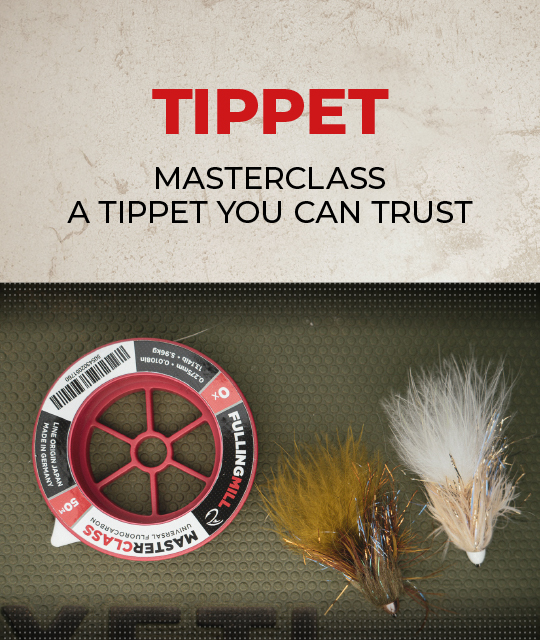Stillwater Fly Fishing: The 2025 Commonwealth Championships
Published: 30th May 2025 | Author: Rob Edmunds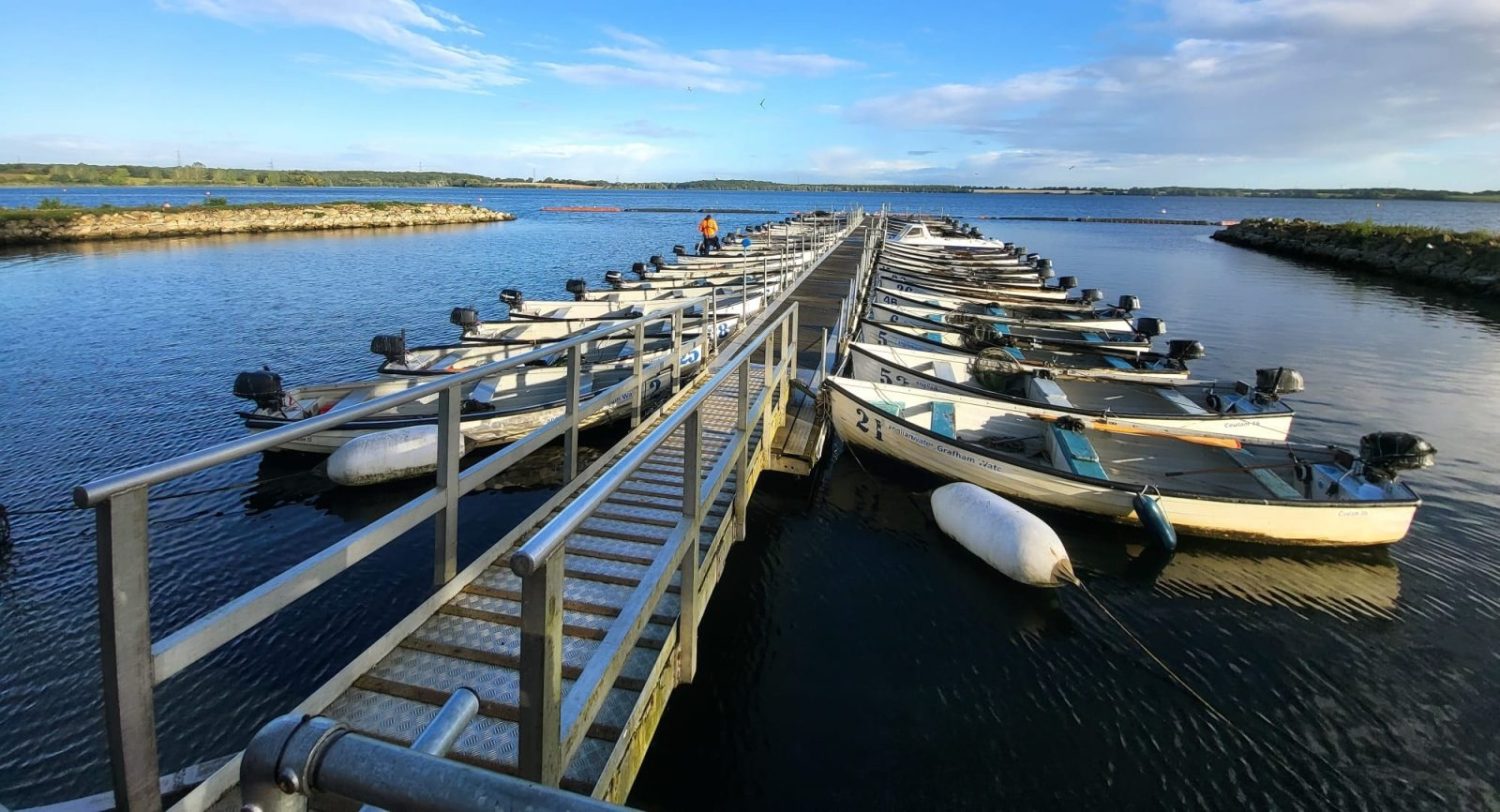
The Commonwealth Championships: A Stillwater Fly Fishing Competition
This year, England hosted the stillwater fly fishing 2025 Commonwealth Championships and after 2 years planning and preparation it was time to compete. This competition uses ‘FIPPS Mouche Rules’ and scored on a full catch, measure and release basis. Each team consists of 5 anglers, with each angler placed within a separate ‘section’. Competitors must fish five three-hour sessions over the course of the 3-day competition. When anglers catch fish, they determine their place within their respective section based on the fish’s length. Then, teammates combine their points to provide an overall team result. In these competitions, the lowest number of points, wins.
Over the course of the 3 days, anglers had 4 boat sessions and 1 bank session. The Commonwealth Championship rewards consistency across the various disciplines. At Grafham and Rutland, organizers split the reservoirs into two sections, and anglers fish from boats. On Elinor, anglers fished from the banks which created unique challenges for the competitors.
Team England & Preparing for Match Day
Team England included Dave Grove (Manager), Andrew Gooding (Captain), Simon Robinson, Andrew Scott, Phil Dixon, Albert Coales and Robert Edmunds. I consider all of us experienced stillwater fly fishermen, capable of fishing most any method. We planned 5 practice days and assumed we would have an advantage over our fellow competitors who may not be fully aware of the tactics, methods and areas they would need to be successful.
Leading up to the event we were surprised to find out that the South African, Canadian and Australian teams had been practicing for a full 2 to 3 weeks prior to the event. In addition to the practice time on the competition venues, most the visiting teams had hired experienced local guides to ensure they had the up-to-date information and techniques at their disposal. To their credit, they had clearly put in a lot of time and effort into preparation for these championships. With this, they learned effective methods, productive areas and how the fish would react to angling pressure – clearly this wasn’t going to be easy.
Team England Practice
As a team we split our 5 days practice across all 3 venues; Grafham, Rutland and Elinor reservoirs. We worked in pairs to identify areas and methods that suited each sector. This was particularly important at Rutland where we found that due to a recent stocking, North and South arm sectors would require completely different approaches. During practice we identified that the fish were in very specific locations on all three reservoirs. These fish were feeding in the top 5ft of the water column and usually close to the bank and around drop-offs. We found that a ‘pulling’ approach fished on intermediate lines using weighted lures such as damsels and black tadpoles was very effective. The pulling tactics worked especially well in morning sessions in areas where more recently stocked fish were found.
In other areas, resident fish were best targeted with more natural imitative methods. We found that the ‘Washing Line’ method with a foam daddy on the point with hares ears droppers were perfect for shallow shrimp feeders at Rutland.
Grafham was more challenging as recent matches had made the fishing more difficult. The fish were in small, concentrated areas and had received a lot of angling pressure. Similar to Rutland, damsel flies on an intermediate line proved a consistent method during practice. We planned to use black nymphs like Muskins and Diawl Bachs as a back-up option if the condition settled and warmed up.
After practice our team met-up for a debrief. We discussed tactics and areas that we would focus on during the match. As a team we felt very confident, but it was unnerving to see competitors catching consistently too. We worried they had identified a ‘pulling’ method or pattern we hadn’t. Only time would tell just how much of a fight they’d put up could be against.
Stillwater Fly Fishing 2025 Commonwealth Championships – Let the Games Begin!
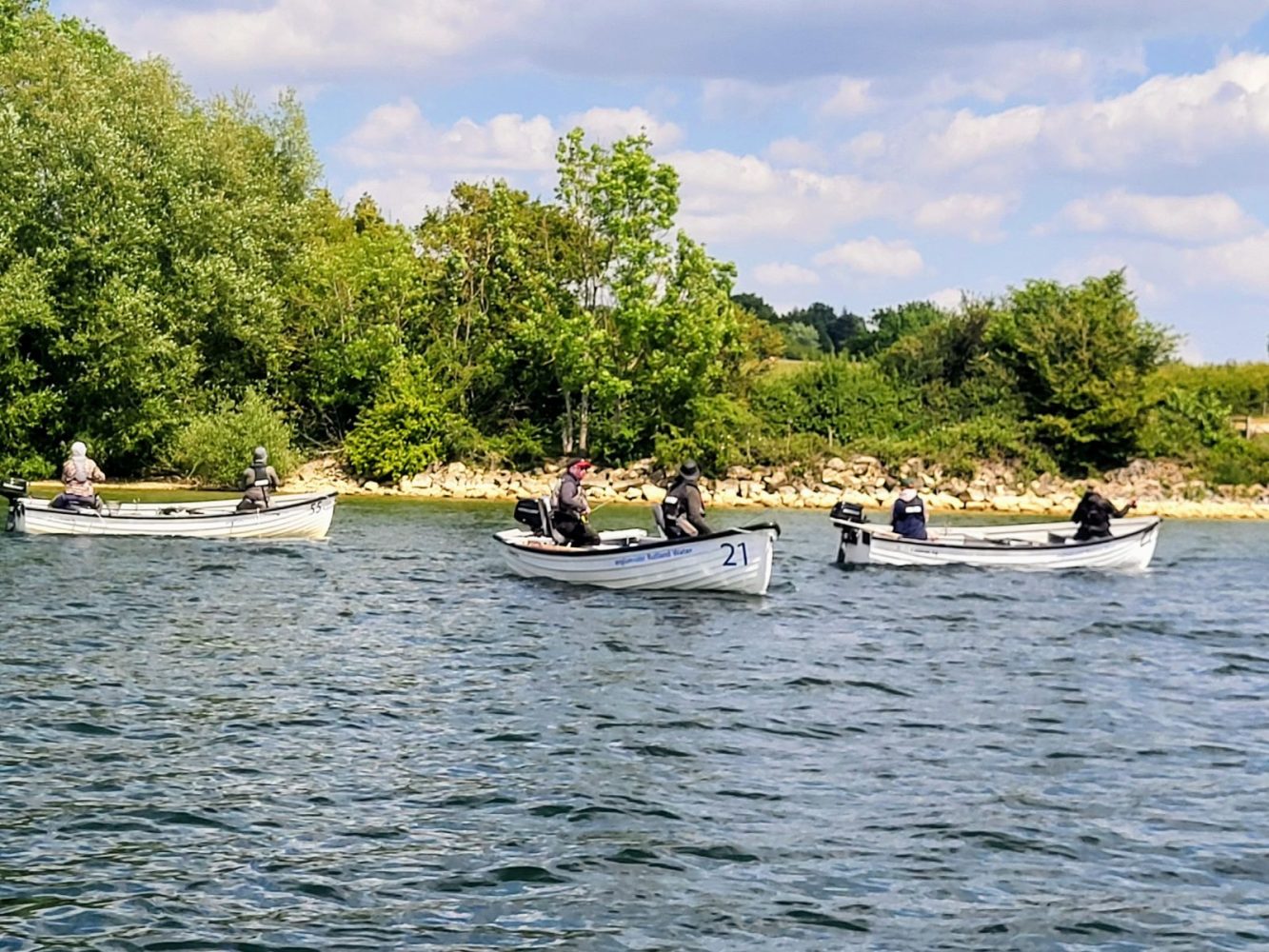
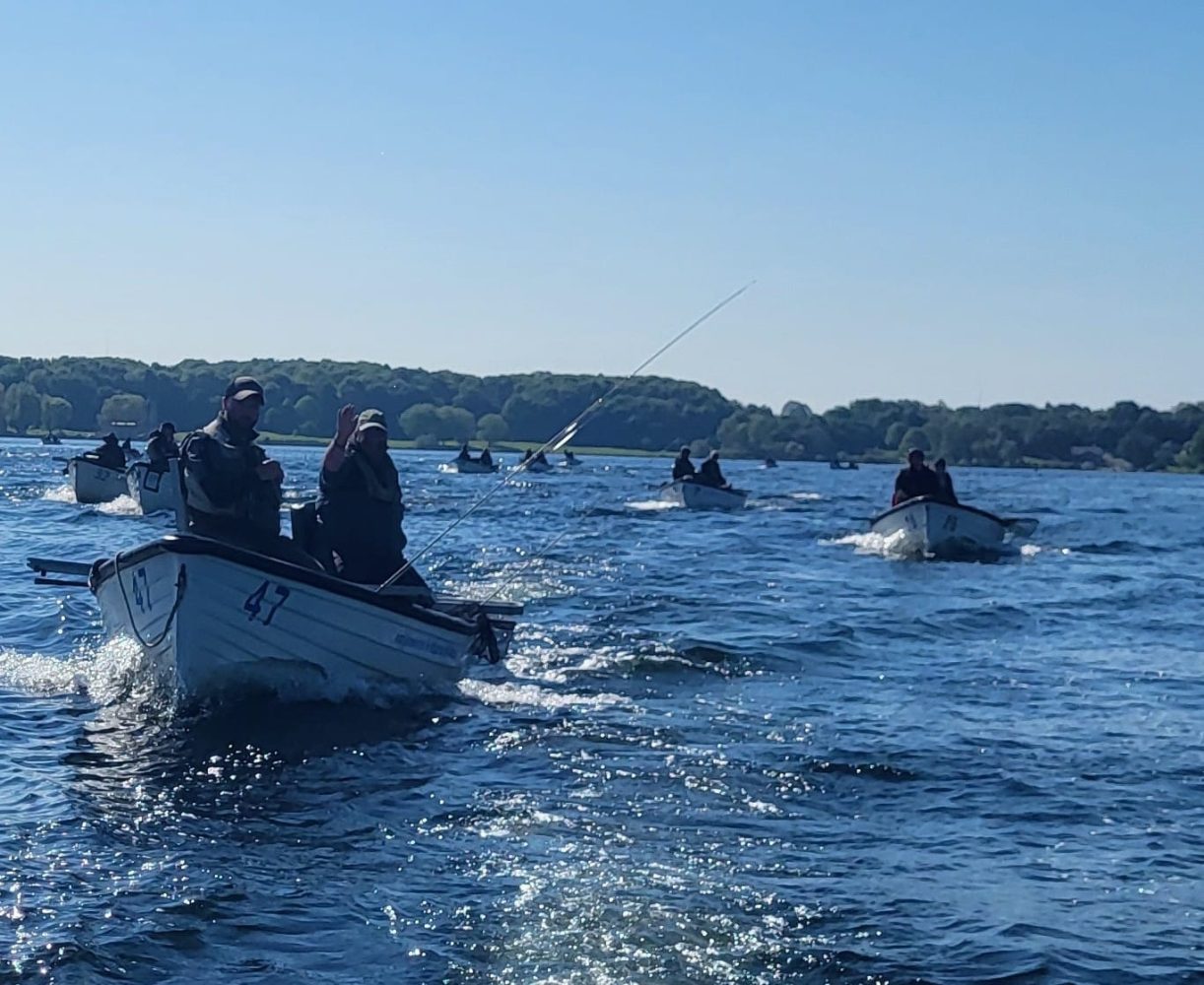
Session 1 and 2
Conditions remained identical to the previous 3 practice days for stillwater fly fishing. Westerly 8 – 12 mph winds with sun and temperatures approaching 22 – 24c and plenty of insects hatching. Conditions looked perfect and from experience we know that all of the venues were well stocked. We reasoned that pulling lures on an intermediate line should guarantee us early success at all venues. Unfortunately, by the end of the first session it was clear that we had made a tactical error.
Day 1 we landed 61 fish in total for the whole team, which put us in 5th place. With 30 place points, we were 6 points behind Northern Ireland (the leaders). Upon reflection, between our ‘official’ practice and the match it was clear the fish had changed preference from ‘pulling’ to more subtle methods and we were too slow to react as team.
Thankfully, we performed well in session 2 using the washing line and bung methods. This result reduced some of the damage inflicted in session 1 and allowed us to stay in the running.It was obvious that we had an uphill battle over the next three sessions, and clearly we had to rethink our tactics.
Due to the format of the competition, there are very few secrets. All the teams identify methods, flies, and areas that are producing fish. Team members watch and learn from competitors when they are stewarding or fishing alongside. With this, we had to use it to our advantage.
We learned that at Elinor (the bank venue), most competitors were fishing floating lines with a small black tadpole or sunburst blob with figure of 8 or roly poly retrieves. Though sparse damsels were still scoring highly when fished on intermediate lines at Rutland and Grafham, we felt this method was limiting. With gin clear conditions and substantial angling pressure, we would have to make a change.
Session 3 and 4
Come day 2, we knew that we all needed a good first session. We had to put the pressure on and reduce the lead that the Irish, South Africans and Australians had on us. In competition fishing, just as in any sport, ‘pressure’ makes people react differently and can highlight flaws.
Session 3 started well for us, with Albert and Andrew collecting session wins whilst I picked up a second place. Session 4 was much the same with further wins for Albert, Andrew and Simon. A great day for us as we collected only 19 points in total as a team over 2 sessions. With these successes, we leapfrogged the Irish, South Africans and Australians and were now leading by 2 points. Day 2 was a testament to just how quickly things can change. All top 4 teams were feeling the pressure. It felt like each team was hunting the other, looking to prey upon any weaknesses.
That said, our tails were up and our confidence was sky high. After pulling back and overtaking the early leaders, we sensed a distinct opportunity to strike a decisive blow. We knew that the waters were changing rapidly due to the angling pressure over the last 4 or 5 days. The fish no longer responded to a pulled or moved fly. Even the fly-line hitting the water spooked them in the clear shallow water. Our best bet was to fish slowly; preferably static. We knew the ‘indicator’ would play a huge role in the final session.
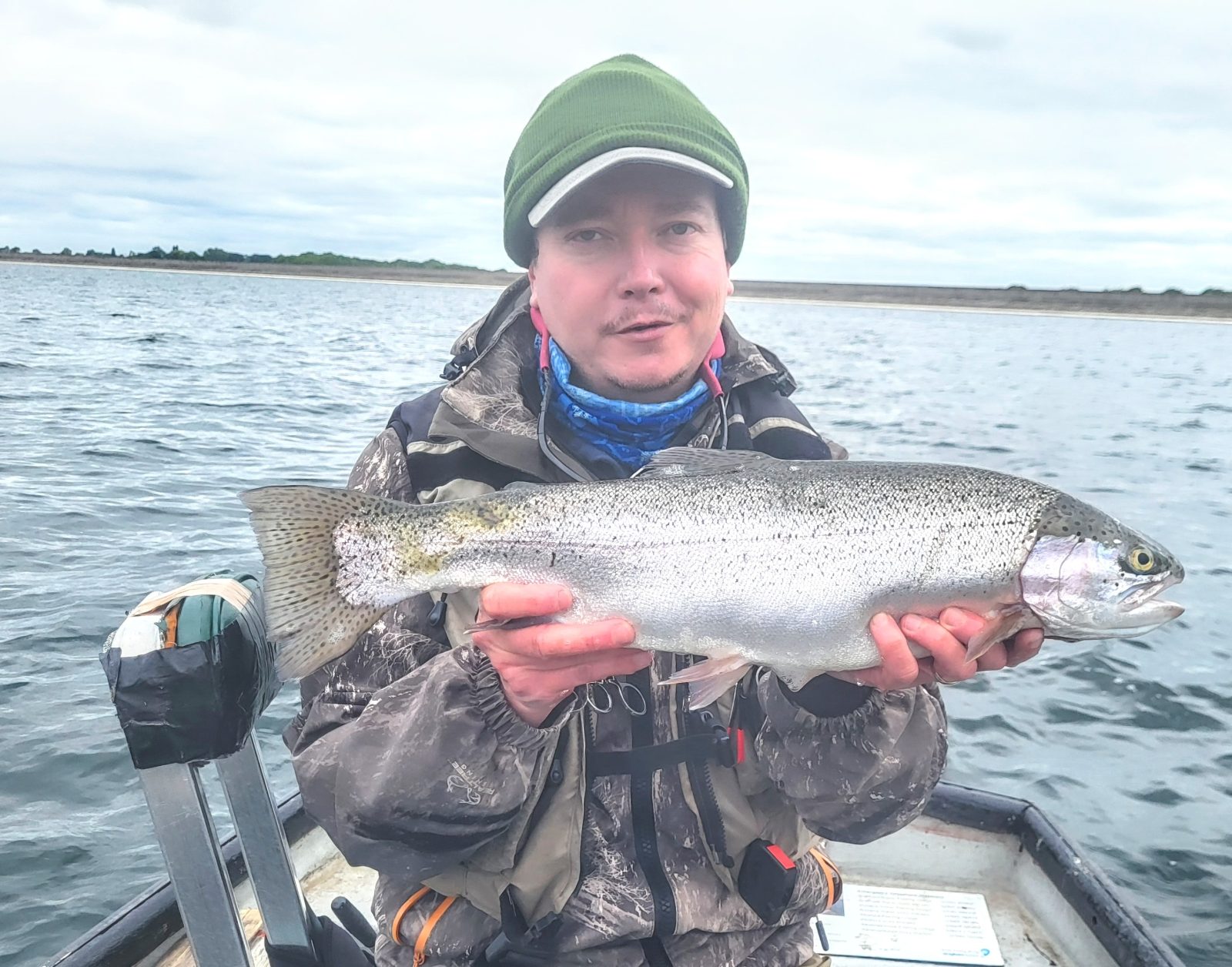
Session 5
Simon and Albert were asigned to fish Grafham, and both collected an additional 2 section wins. A change in tactics accounted for their success. We moved away from pulling methods to fishing static size 12 black buzzer under the bung. Occasionally, anglers would replace the point buzzer with an egg fly or leaded blob when fishing over deeper wate
The news got better as information filtered in that Phil had also won the morning Bank session on Elinor. His success came from fishing a sunburst blob on a slow intermediate line. Phil could now relax as his final session was a ‘rest session’.
Andrew and I were the last to register our scores on Rutland. In the difficult final session Andrew produced yet another unbelievable performance and landed 10 fish in Barnsdale for yet another 1st place in his session. Andrew’s fish were caught on hares’ ear nymphs fished static using a floating line. This worked incredibly well as the trout were feeding on shrimp in the margins.
I managed 8 fish from Yellowstone Bay, all caught by fishing a single fly 6ft under the indicator. Initially I used an egg fly, but as the session progressed I took a more natural approach. I fished a single size 14 black buzzer and it proved to seal a second place result for that session. This meant that with 4 session wins and a second place we had mathematically secured the team gold!
The feeling of excitement and relief was immense. This Commonwealth Championship win means so much to all of us, especially as it will probably be the final time we fish together as a team. What better way to go out out a team than with a significant victory!
Team England Takes The Gold
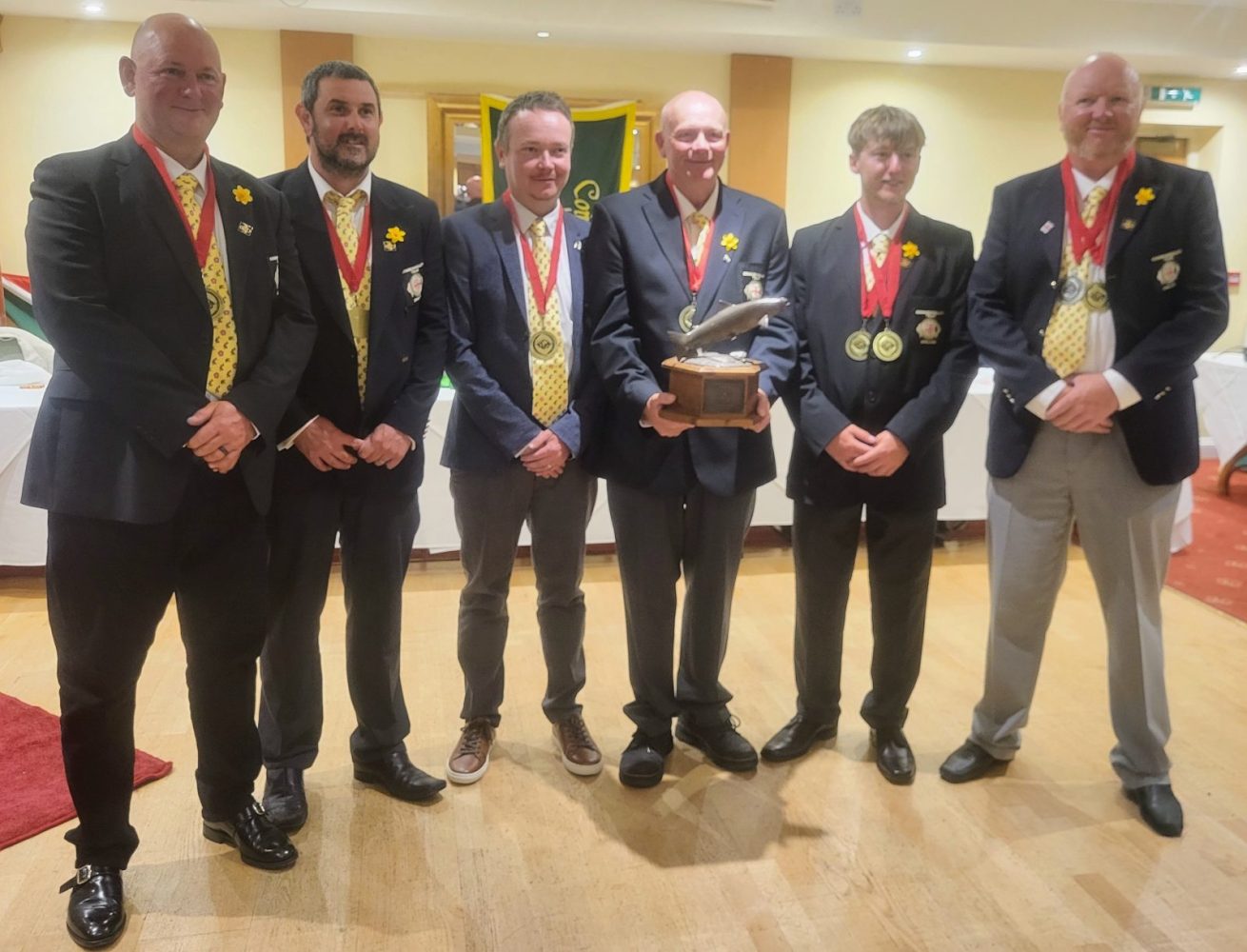
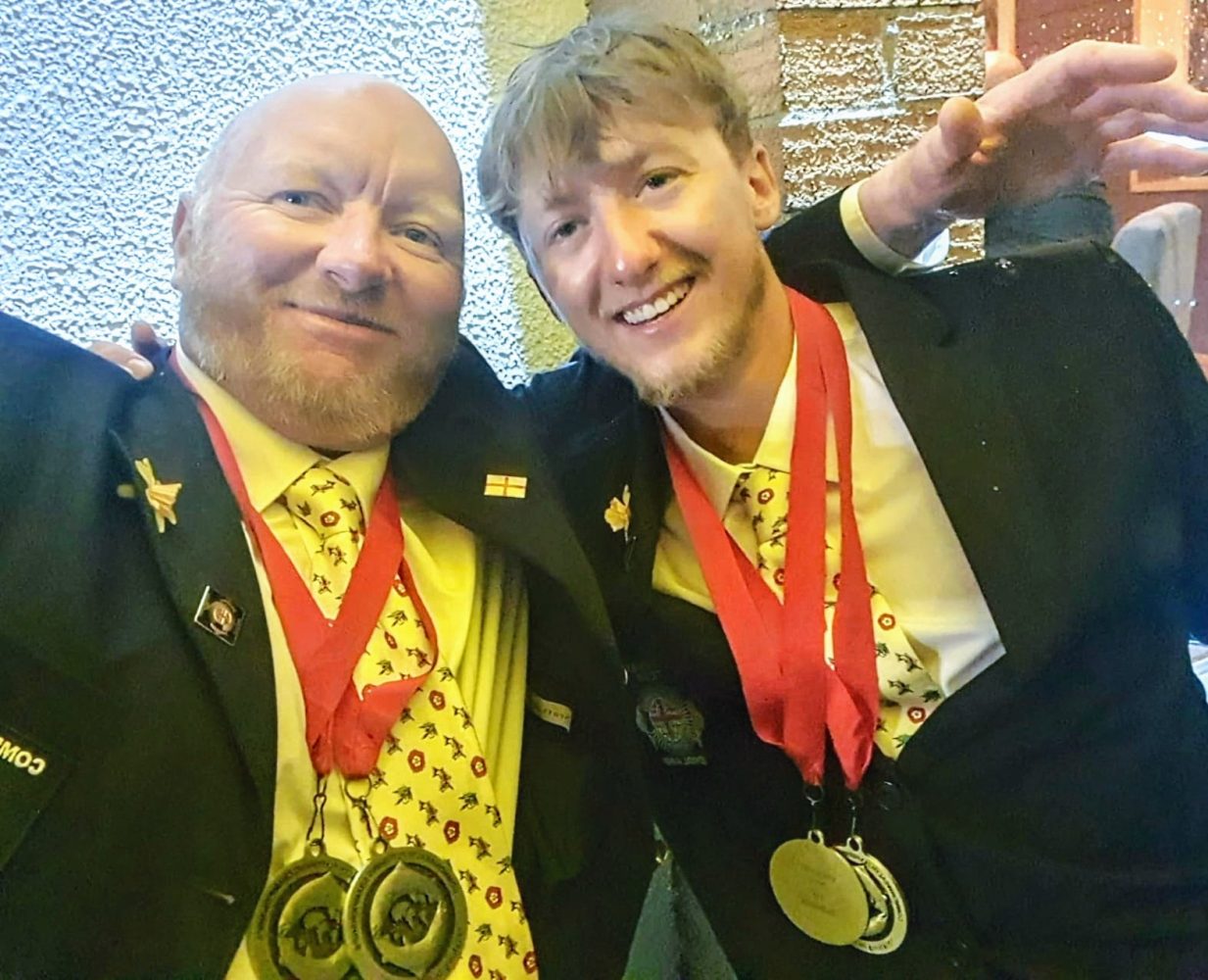
We’ve always maintained that the ‘Team’ result is paramount and that has always been our focus and goal. With this in mind, all information, tactics and methods are shared amongst team members. There can be no room for individuals. However a by-product of this ethos is that a solid team approach invariably results in great individual performances with 4 English anglers finishing in the top 6 individual places.
Albert Coales finished the Championship as the youngest (20 years old) Individual Commonwealth Champion with 4 x Session Wins and a second place, just beating his team mate and mentor Andrew Scott by one place point who finished second with 4 session wins and a third place overall!
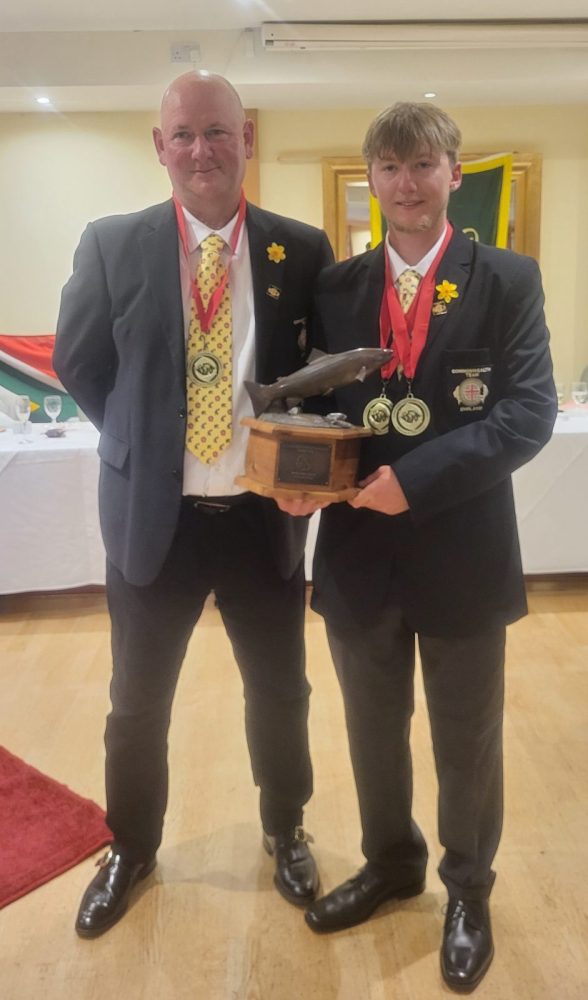
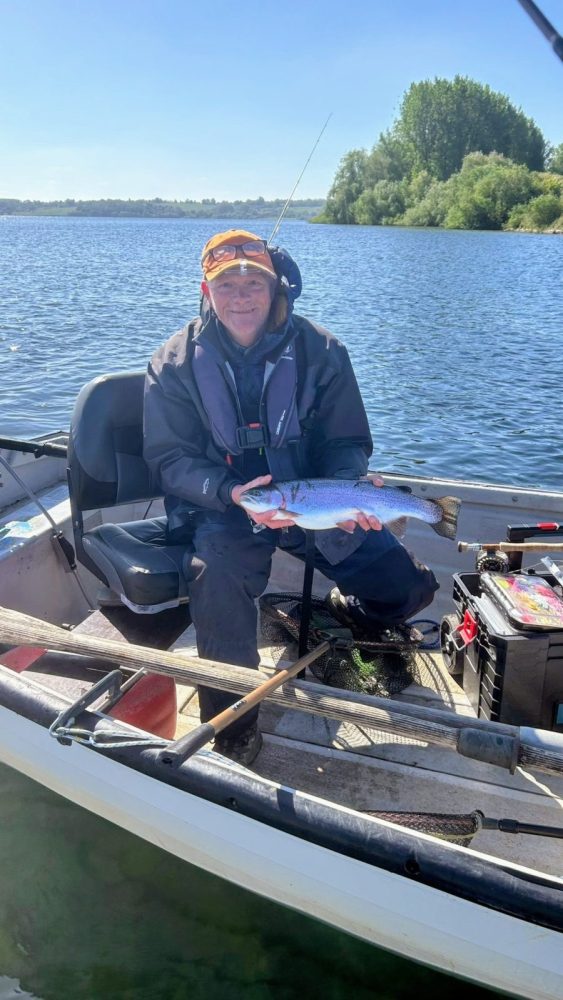
Fly Patterns Used During the Championships
Due to the water clarity and spooky fish we fished a 2 or 3 fly cast on 7.12lb Fulling Mill Masterclass Flurocarbon
2900 – Leaded Sunburst Blob
2762 – Black Buzzer
2912 – Blue Flash Damsel
8559 – Foam Daddy
2044 – Killer Barbless
669 – Blob Egg
2025 Commonwealth Championships Team Results
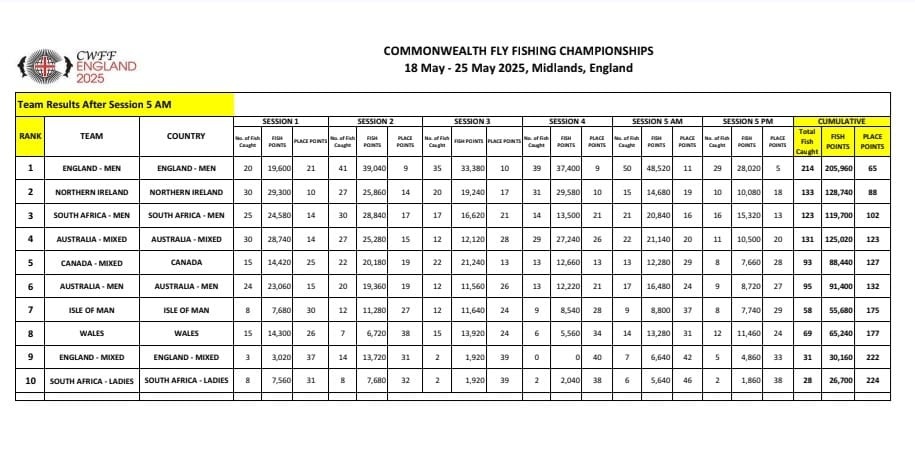
To watch the official match video please visit: https://youtu.be/m7VZlQeS9eQ?feature=shared






